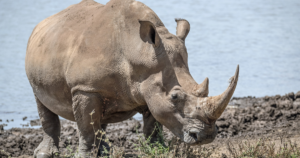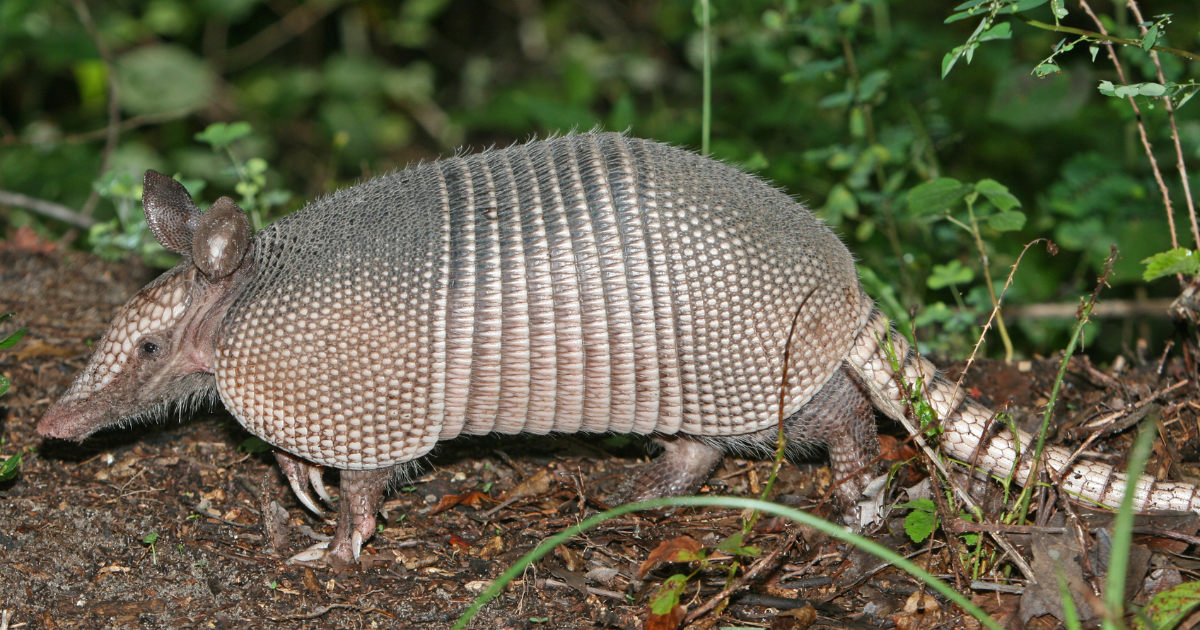Introduction
Rhinoceroses are among the most formidable creatures on the planet, known for their massive size, powerful build, and thick, armor-like skin. Their skin plays a crucial role in their survival, protecting them from predators, environmental hazards, and even fights with other rhinos. But what makes rhino skin so thick, and how does it function as a natural defense mechanism? In this article, we will explore the structure, composition, and evolutionary significance of rhino skin, shedding light on its incredible protective qualities.
The Composition of Rhino Skin
Rhino skin is one of the thickest in the animal kingdom, measuring between 1.5 to 5 centimeters (0.6 to 2 inches) in different areas of the body. It is composed of several layers:
- Epidermis – The outermost layer, made primarily of keratin, the same protein found in human fingernails and hair. This layer acts as a protective barrier against external damage.
- Dermis – The thickest layer, consisting of dense collagen fibers that provide strength, flexibility, and resistance to tearing.
- Subcutaneous Tissue – The deepest layer, which contains fat and connective tissues that help cushion the body and regulate temperature.
Why is Rhino Skin So Thick?
Rhino skin has evolved over millions of years to serve multiple survival functions. The extreme thickness of their skin is primarily due to:
- Protection Against Predators – Though adult rhinos have few natural predators, thick skin prevents significant injuries from the claws and teeth of big cats, hyenas, and crocodiles.
- Defensive Adaptation – Male rhinos frequently engage in territorial battles, using their horns to strike each other. Their tough skin helps minimize wounds and infections from these encounters.
- UV and Environmental Protection – Rhinos are often exposed to intense sunlight, and their thick skin acts as a natural sunscreen, reducing the risk of burns and damage.
- Insect Resistance – The skin’s dense texture makes it difficult for parasites, such as ticks and biting flies, to penetrate, keeping rhinos healthier.

How Rhino Skin Functions as Natural Armor
While rhino skin is incredibly tough, it is not entirely rigid. It contains deep folds and creases, which serve several purposes:
- Flexibility – The folds allow rhinos to move freely without tearing their skin, especially in areas like the neck and legs.
- Shock Absorption – The thickness and elasticity of their skin help absorb impacts from fights, reducing the severity of injuries.
- Moisture Retention – The creases help trap mud and water when rhinos wallow, keeping their skin hydrated and preventing it from drying out in hot climates.
The Role of Mud in Rhino Skin Protection
One of the most fascinating behaviors of rhinos is mud wallowing—rolling in mud and coating their bodies. This behavior plays a critical role in skin care and protection:
- Cooling Mechanism – Since rhinos lack sweat glands, mud acts as a natural coolant, helping them regulate body temperature in extreme heat.
- Sunburn Prevention – The dried mud creates a protective layer that shields the skin from harmful UV rays.
- Pest Control – Mud suffocates parasites, preventing them from burrowing into the skin.
- Healing Properties – Natural minerals in mud may help soothe wounds and prevent infections.
Variations in Rhino Skin Across Species
While all rhinos have thick skin, there are differences in texture, thickness, and flexibility among species:
- White Rhino (Ceratotherium simum) – Has relatively smooth, grayish skin with minimal folds, suited for open savannah habitats.
- Black Rhino (Diceros bicornis) – Skin is more wrinkled and rougher, providing extra flexibility for maneuverability in dense shrubbery.
- Indian Rhino (Rhinoceros unicornis) – Possesses the most pronounced plate-like armor due to deep folds, giving it a tank-like appearance.
- Javan and Sumatran Rhinos – Have comparatively thinner skin, but it is still resilient enough to protect against environmental and predatory threats.
How Rhino Skin Compares to Other Armored Animals
Rhinos are not the only animals with thick, protective skin. Here’s how their skin compares to other armored species:
- Elephants – Also have thick skin (up to 2.5 cm) but with higher sensitivity due to numerous nerve endings.
- Crocodiles – Possess osteoderms (bony plates) embedded in their skin for added protection.
- Armadillos – Their bony armor is harder than rhino skin but lacks flexibility and shock absorption.
- Pangolins – Covered in keratin scales, providing defense against predators but less effective against environmental stressors.
Threats to Rhino Skin and Conservation Challenges
Despite their natural armor, rhinos still face numerous threats:
- Poaching for Horns – Their skin does not protect them from poachers who illegally hunt rhinos for their valuable horns.
- Habitat Loss – Deforestation and human encroachment reduce the availability of natural mud wallows, affecting their skin health.
- Climate Change – Rising temperatures can lead to dehydration and an increase in parasite-related skin infections.
Conservation Efforts
Organizations and governments are working to protect rhinos through:
- Anti-Poaching Initiatives – Increased security and stricter laws against rhino poaching.
- Habitat Restoration – Ensuring rhinos have access to natural resources, including mud wallows.
- Medical Care for Injured Rhinos – Providing treatment for rhinos suffering from wounds or skin infections.
Conclusion
Rhino skin is one of nature’s most impressive adaptations, protecting from predators, environmental stress, and battles with other rhinos. Its thickness, flexibility, and healing properties make it an essential survival tool in the wild. However, despite their natural armor, rhinos remain vulnerable to human threats, emphasizing the importance of conservation efforts. By understanding the remarkable properties of rhino skin, we can appreciate these magnificent creatures and work towards their continued protection in the wild.


